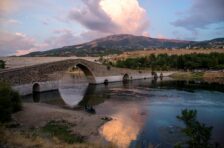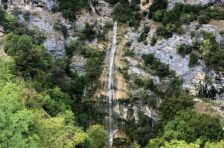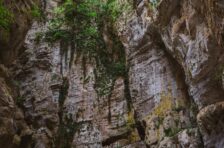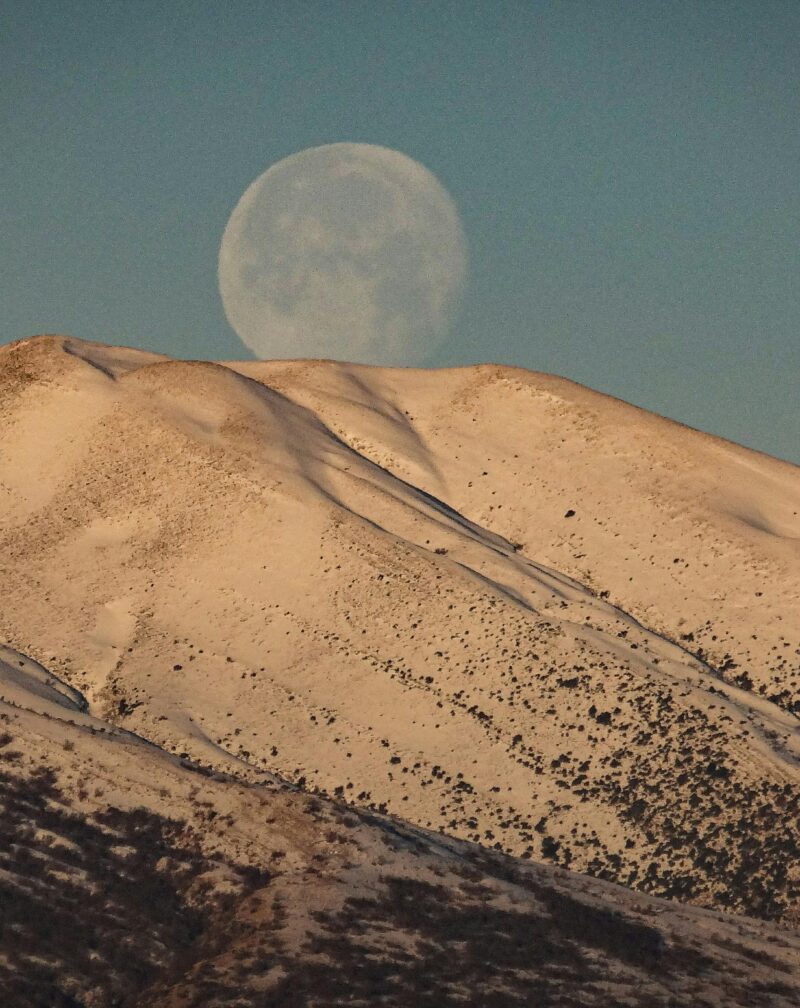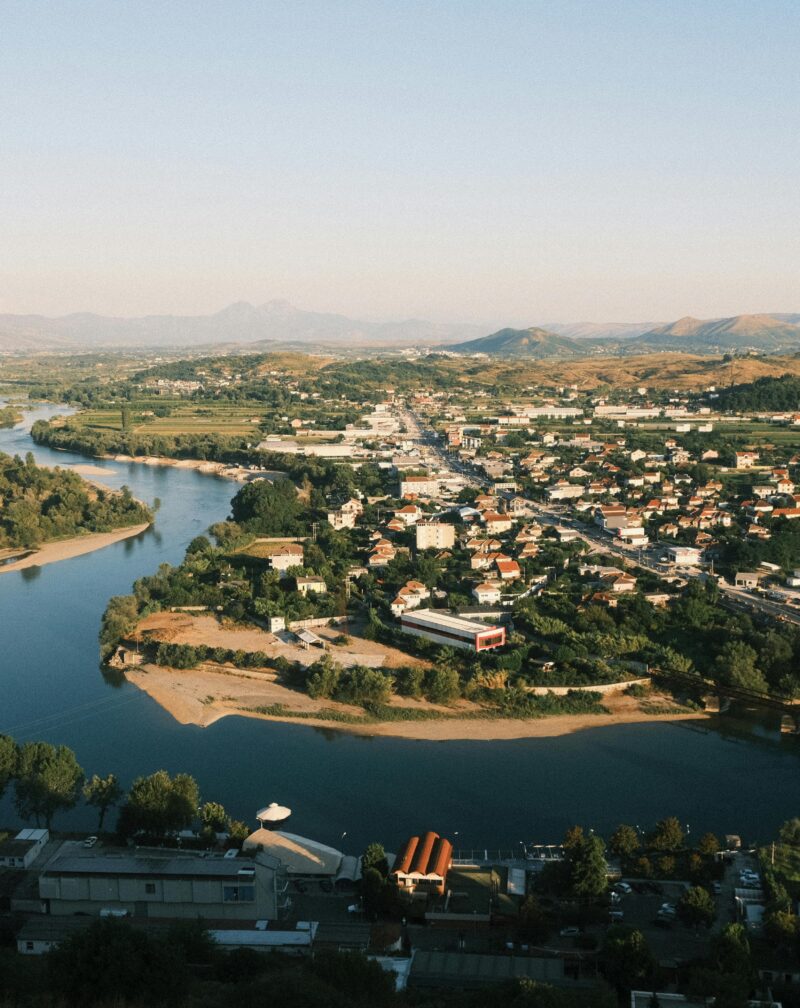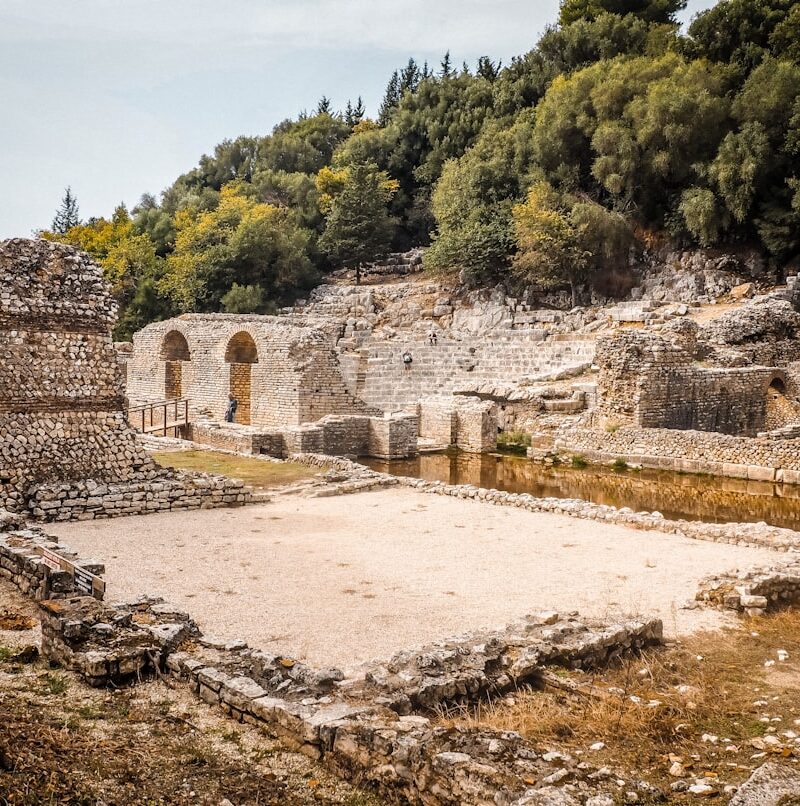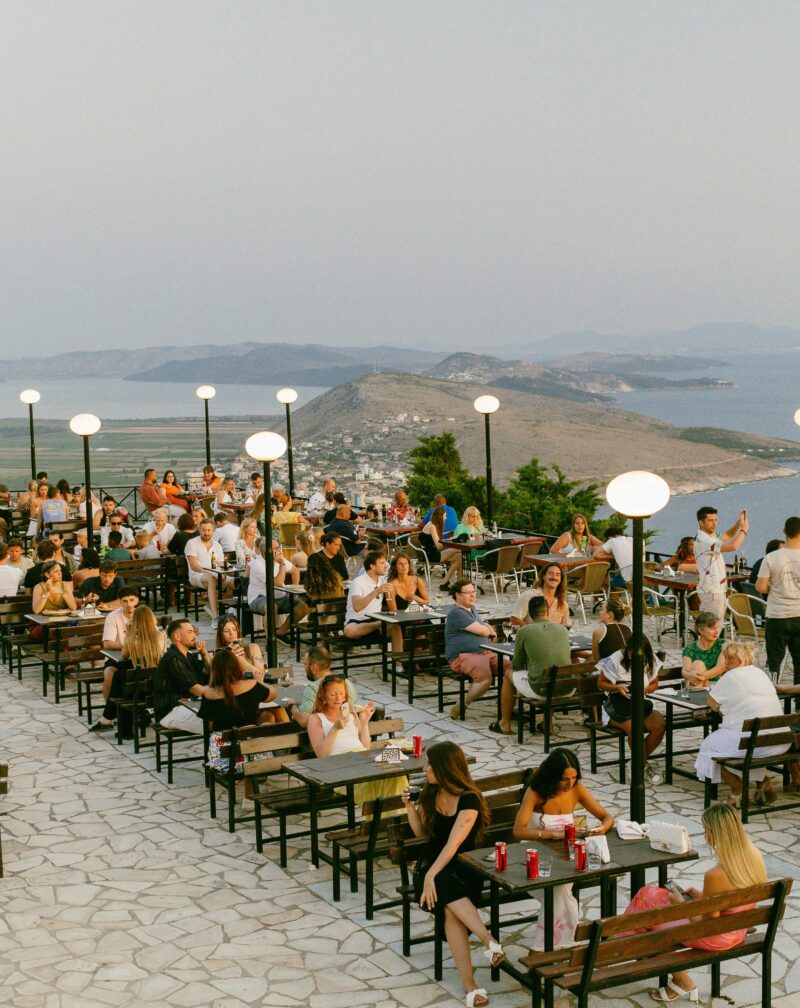What Makes Albania Worth Visiting
Albania sits in an interesting position. It’s not unknown anymore—travel articles regularly feature it in “hidden gems” lists. But it’s not overrun either. That balance makes it appealing, though the country offers more than just being “undiscovered.”
The Numbers Tell Part of the Story
Tourism has grown dramatically. In 2010, Albania received around 2 million international visitors. By 2019, that number had jumped to over 6 million. The pandemic disrupted things, but 2023 saw numbers approaching pre-pandemic levels again.
Most visitors come from neighboring countries—Kosovo, North Macedonia, Montenegro, Greece. But Western European tourism is increasing fast, particularly from Italy, Germany, and Poland. American and British visitors are still relatively rare but growing.
The country spans 28,748 square kilometers—roughly the size of Maryland or slightly smaller than Belgium. It feels larger when you’re driving because of the mountains and winding roads.
Albania has four UNESCO World Heritage Sites: Berat and Gjirokastër (historic cities), Butrint (archaeological site), and a portion of the ancient beech forests of Europe. Several other sites sit on the tentative list.
The coastline stretches 427 kilometers along the Adriatic and Ionian seas. Beaches range from developed resort areas to completely pristine coves accessible only by boat or hiking.
What Albania Offers
Ancient History Human presence here dates back to the Paleolithic period. Illyrian tribes dominated for centuries. Greeks established colonies in the 7th century BC. Romans conquered the region in the 2nd century BC. Byzantines, Ottomans, and various empires followed.
This layered history creates archaeological sites where Greek theaters sit next to Roman baths next to Byzantine churches, all within the same location. Butrint exemplifies this perfectly—over 2,500 years of continuous occupation visible in one site.
Ottoman Architecture Five centuries of Ottoman rule left remarkable architectural heritage. Berat and Gjirokastër preserve entire Ottoman-era towns. Traditional stone houses, mosques, castles, bridges, and bazaars remain functional, not just museum pieces.
This architecture differs from what you see in Turkey or Arab countries—it’s distinctly Balkan Ottoman with local Albanian characteristics.
Communist Legacy Albania’s communist period under Enver Hoxha was extreme even by communist standards. The country isolated itself from both the West and other communist nations, eventually breaking even with China.
This created bizarre results—over 750,000 bunkers scattered across the country, built to defend against invasion that never came. Former secret police buildings. Massive concrete monuments. Some have been converted to museums, cafes, or art spaces. Others just exist, too numerous to remove.
For people interested in recent history and how totalitarian systems affected daily life, Albania offers sobering and fascinating insights.
Natural Beauty Mountains cover much of Albania. The Albanian Alps in the north rival any European range for drama. Mountain villages maintain traditional lifestyles. Hiking trails wind through pristine landscapes.
The coast delivers Mediterranean beauty without the crowds and prices of nearby Greece or Croatia. Clear turquoise water, pebble beaches, dramatic cliffs. The Albanian Riviera isn’t a marketing invention—it genuinely rivals better-known coastlines.
Lakes dominate certain regions. Lake Shkodra, Lake Ohrid, and Lake Prespa provide water-based activities, fishing villages, and birdwatching opportunities.
Authentic Culture This is harder to quantify but important. Albanian culture remains distinct and relatively intact despite various invasions and occupations. The language is unique—not Slavic, not Romance, not Greek, its own Indo-European branch.
Traditional music, particularly iso-polyphony in the south, is recognized by UNESCO as intangible cultural heritage. Traditional crafts continue—not always commercially viable but still practiced. Villages maintain ways of life that have disappeared elsewhere in Europe.
Hospitality isn’t a show for tourists. It’s genuine cultural value. This can feel overwhelming for visitors used to more reserved cultures, but it’s authentic.
Value Albania costs significantly less than Western Europe. A good meal costs €8-15. Mid-range hotels run €40-70. Entrance to archaeological sites is €3-7. You can travel Albania on a modest budget or splurge for luxury experiences at prices that would be impossible in Italy or France.
This makes it accessible for budget travelers, while those with more to spend can afford drivers, private tours, and upscale accommodations without breaking budgets.
Emerging Destination The infrastructure is improving rapidly. New hotels open regularly. Roads get paved. Tourist facilities are increasing. But it hasn’t reached the point where authenticity is lost to mass tourism.
You can visit Albanian villages where you’re the only foreigner. You can have beaches to yourself outside peak season. You can explore UNESCO sites without battling crowds.
This window won’t last forever. Albania is developing quickly, which is good for Albanians but will inevitably change the tourist experience.
Comparing Albania to Other Balkan Countries
Albania vs. Greece Greece is more developed for tourism, with better infrastructure, more hotels, and established tourist trails. It’s also more expensive and crowded, especially on islands.
Albania offers similar ancient history (often literally the same civilizations) at a fraction of the price with far fewer tourists. The food is similar, with Greek and Albanian cuisines sharing many dishes. Beaches are comparable.
Greece has better museums and more famous archaeological sites. Albania feels more adventurous and less polished.
Albania vs. Croatia Croatia’s Dalmatian coast is stunning but increasingly overwhelmed by tourists and cruise ships. Prices have risen to match or exceed Western European levels.
Albania’s coast rivals Croatia for beauty but remains much cheaper and less crowded. Coastal towns retain more local character rather than being transformed into tourist zones.
Croatia has better developed infrastructure—roads, hotels, restaurants. Albania is improving but still feels rougher around the edges.
Albania vs. Montenegro Montenegro is Albania’s closest competitor for the “undiscovered Balkans” label. The two countries are similar in size, landscape, and history.
Montenegro developed tourism earlier and has better infrastructure in some areas, particularly around Kotor and Budva. It’s also become more expensive as a result.
Albania offers more archaeological and historical sites. The Ottoman heritage is better preserved in Albania. Albania’s communist history is more extreme and visible.
Coastal mountains are dramatic in both. Montenegro’s Bay of Kotor is spectacular but gets crowded. Albania’s Llogara Pass is equally dramatic with less traffic.
Albania vs. North Macedonia North Macedonia is landlocked, so no beach comparison. It shares Ottoman and communist history with Albania.
Skopje, the capital, has its own unique character after controversial redevelopment. Ohrid (the lake and town) is beautiful and popular with tourists.
Albania offers more diversity—mountains, coast, multiple UNESCO sites. North Macedonia is slightly cheaper. Both offer good value.
Albanian tourism infrastructure is developing faster. North Macedonia sees fewer Western tourists.
Albania vs. Bosnia and Herzegovina Bosnia offers different experiences—Mostar, Sarajevo, war history. The landscapes are beautiful but different—more continental than Mediterranean.
Albania has the coast, which Bosnia lacks. Both have Ottoman heritage. Bosnia’s recent war history creates a different dynamic for visitors interested in conflict tourism.
Food culture differs—Bosnian cuisine is more meat-focused, Albanian more varied with coastal seafood.
Albania vs. Serbia Serbia is larger with more varied cities. Belgrade has significant nightlife and urban culture. Serbia sees more transit visitors and business travel.
Albania offers beaches and coastal experiences Serbia can’t match. Albanian tourism focuses more on culture and nature, Serbian tourism includes more urban experiences.
Relations between Albania and Serbia are complex due to Kosovo. This doesn’t affect tourists directly but adds historical context.
What Albania Doesn’t Have
To be fair, Albania lacks some things other destinations offer:
- Infrastructure: Roads, hotels, and tourist facilities are improving but still lag behind Western Europe or even some Balkan neighbors.
- English proficiency: Outside tourist areas and young people, English speakers are less common than in Croatia or Greece.
- Nightlife: Tirana has decent nightlife, but Albania isn’t known for party scenes like Croatia’s Hvar or Greece’s Mykonos.
Who Should Visit Albania
Good fit if you:
- Want authentic experiences over polished tourism
- Enjoy history, archaeology, and cultural sites
- Prefer fewer crowds even during summer
- Want value for money
- Like adventure and unexpected discoveries
- Appreciate natural beauty—mountains and beaches
- Are interested in recent history (communism, transition)
- Want to visit somewhere before it becomes mainstream
Maybe not ideal if you:
- Need highly developed infrastructure and consistent service
- Need everything in English
- Want extensive nightlife or party scenes
- Are uncomfortable with developing country challenges
- Need very specific dietary accommodations everywhere
The Honest Assessment
Albania deserves the attention it’s receiving. It’s not perfect—infrastructure challenges, occasional service issues, language barriers. But it offers genuine cultural experiences, remarkable history, beautiful landscapes, and excellent value in a package that’s becoming rare in Europe.
The “undiscovered” label is outdated but not entirely wrong. Compared to Greece, Croatia, or even Montenegro, Albania still offers that sense of discovery and authenticity that’s hard to find.
Will it stay this way? Probably not. Tourism is growing 15-20% annually. Investment in infrastructure continues. In five or ten years, Albania will be different—hopefully more developed while retaining its character, though that balance is always difficult.
For now, Albania sits in a sweet spot—accessible enough to visit comfortably, undeveloped enough to feel adventurous, affordable enough to be democratic in who can travel there, and interesting enough to justify the journey.
Statistics show growth. But numbers don’t capture the experience of sharing raki with a family in a mountain village, swimming at a pristine beach with no one else around, or exploring ancient ruins without crowds. That’s what Albania offers, and it’s increasingly rare.




